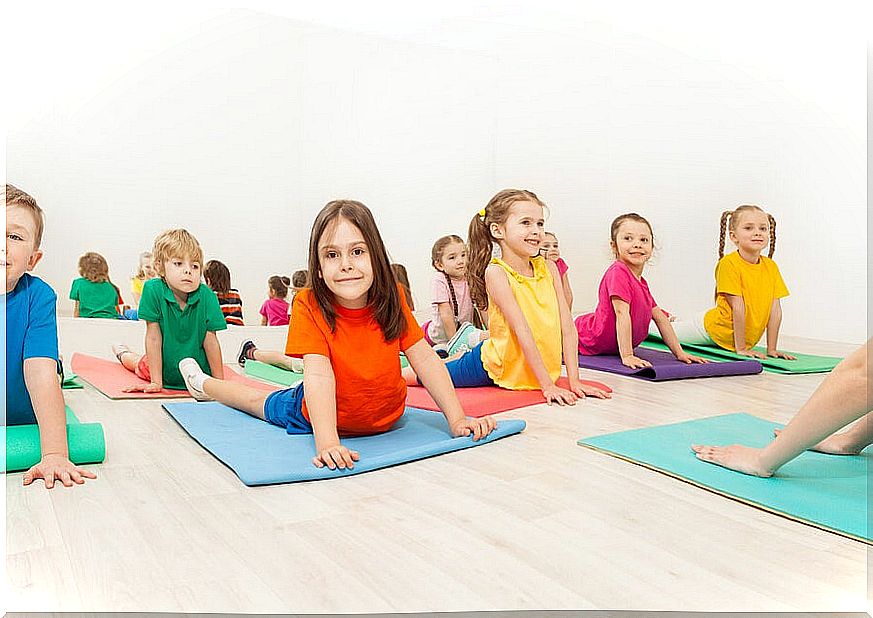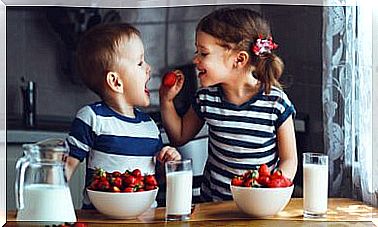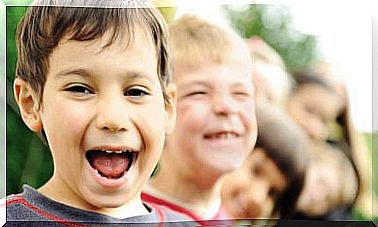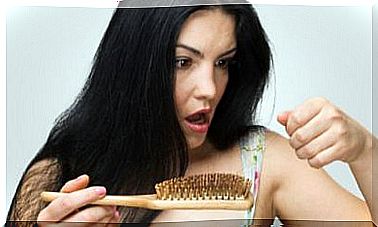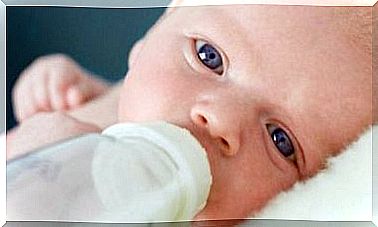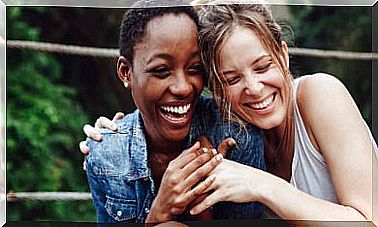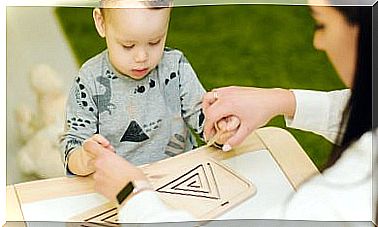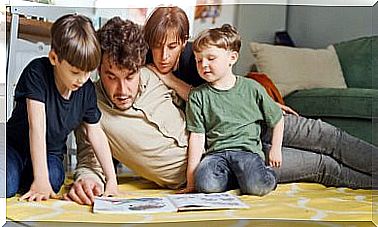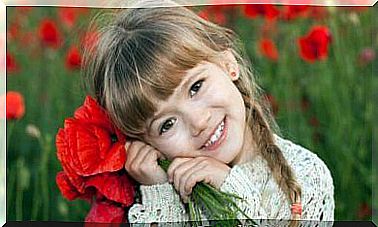4 Keys To Achieve Adequate Postural Hygiene In Children
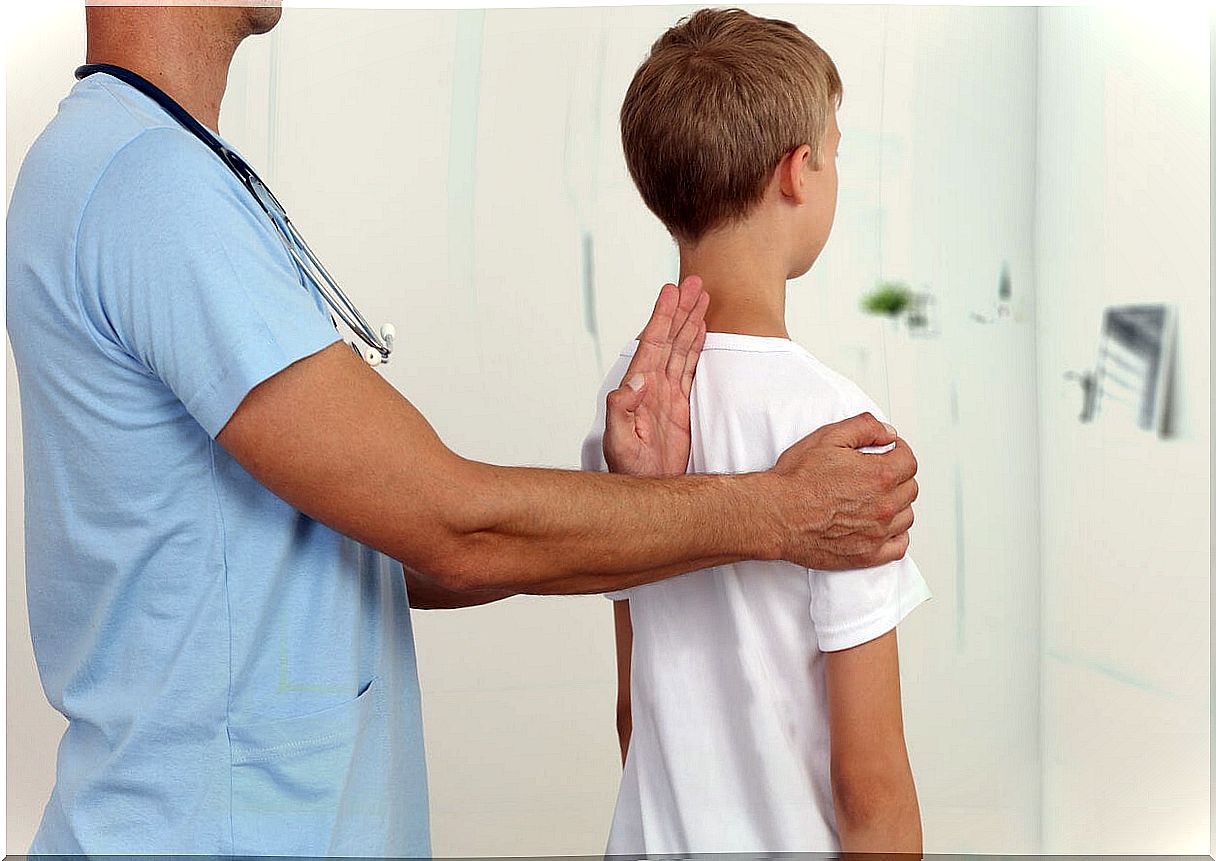
During early childhood, a child’s body develops rapidly. It is the right time to observe him, accompany him and educate him about taking care of himself, to prevent possible vicious positions that may lead to future alterations. Healthy habits and free movement should be considered as the main axes to incorporate and maintain throughout life. These are some of the keys to achieving adequate postural hygiene in children.
Posture is the way we arrange the different parts of the body. It is an activity that will be determined by various factors, such as genetic and environmental factors. By adopting a postural attitude and repeating it over time, we obtain postural habits.
From this derives the importance of offering corporal education to children from an early age, because in the first years of life the development of the central nervous system and the locomotor system deepens.
The motor development of the child happens in differentiated stages. In his first weeks he must manage to straighten his head so that he can then voluntarily orient it in space. From the first months he achieves greater muscular strength until he sits down and later reaches the crawl.
Around the year he manages to stop to start taking the first steps. As well as from 2 to 5 years, he improves his coordination in gait, motor skills and knowledge of his own body. Here we detail the 4 keys to achieve adequate postural hygiene in children.
4 keys to achieving adequate postural hygiene in children
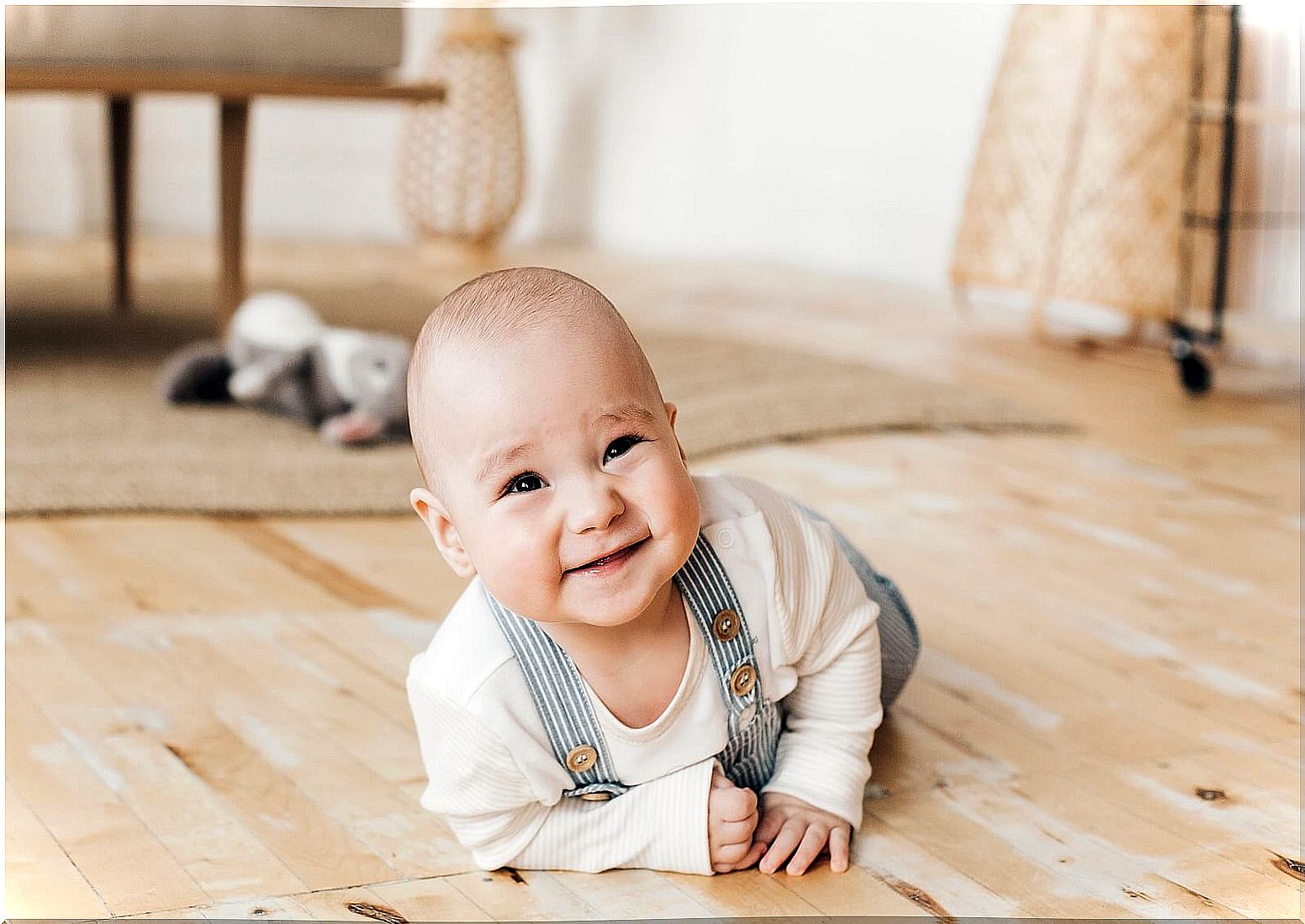
1. Teach the child healthy habits
From the moment a baby is born, he begins to adapt to the environment that surrounds him, as well as to his caregivers and to his daily habits and activities. It is from that moment when we must be aware of how adult behaviors influence the development of the child and the importance of healthy habits in both.
The way we eat, how we relate, how we move, will directly influence the way in which the child will do it. It is an opportunity to offer healthy food that provides good quality in its energy source. In addition to building clear and simple communication, adapted to the child, to better understand their needs at each stage, as well as transmitting the value of being physically active.
Screen exposure is one of the most difficult topics for many mothers and fathers to deal with. It can be a major obstacle to achieving proper postural hygiene in children. The fact that they are increasingly engaging leads children to stay in front of them for longer periods of time.
This implies that they maintain the same posture, without moving, for prolonged periods. Which leads the child to habituate to a more sedentary behavior.
2. Facilitate free movement in the child for proper postural hygiene
Exploration is one of the ways in which the child knows the world. For this you need freedom to move, in your clothing, with comfortable clothing (with bare feet as far as possible) and in the space in which you are.
There are numerous devices on the market to locate the little ones. These elements provide greater comfort to the adult, but take away important possibilities of movement for the child.
This does not mean that they should not be used, but that their use is not for long periods of time. The priority should be on using the floor, adapted with the necessary elements to make it safe. On blankets or padded floors, with toys or elements for entertainment of each age. Always accompanying and supervising the minor, without leaving him alone.
3. Encourage the child to play
Play is another of the ways in which the little one discovers his environment and it is his best way of learning. It is a need that has different characteristics in the interests of the child, depending on the maturation stage and the surrounding context.
The toy is a tool that allows you to learn while having fun. The child learns with his whole being, which allows him to develop his motor, emotional and intellectual areas simultaneously. This favors the development of coordination, body schema and, therefore, your postural awareness.
4. Provide multiple stimulation to the child for good postural hygiene
In the variety of activities is the wealth of stimuli. And therein lies the importance of caregivers being able to record what the child’s needs are in each phase and be able to adapt them to the objects and circumstances that surround them.
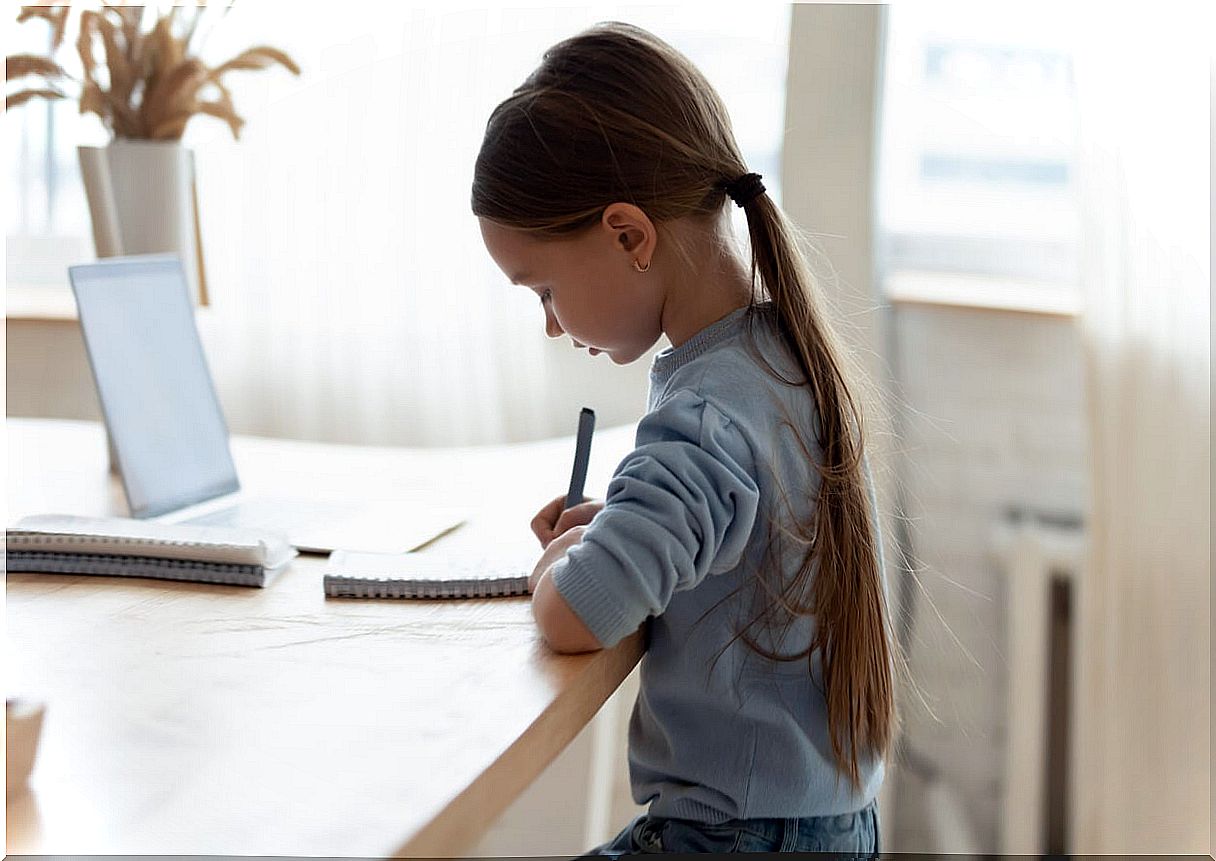
Therefore, it is essential to respect the times in individual development and not force positions or postures that you have not yet achieved on your own. Nor rush the child to stand or walk if he still does not feel safe to achieve it alone.
Prevention is better than cure
Postural alterations usually manifest, or at least be detected, around 6 to 8 years of age, when the child begins primary education. By that time, biomechanical imbalances were established that could have been prevented with adequate postural hygiene.
Among the most common ailments are scoliosis, hyperkyphosis and hyperlordisis. These are different deviations of the spine. The treatments are long and require an interdisciplinary team. All this affects the quality of life and the emotionality of the child.
From the moment in which the child begins the initial level (preschool), his spine must be protected using backpacks supported on both shoulders or with wheels, and that his weight does not exceed 10% of the child’s body weight. As well as the furniture must be adequate and proportionate. This is where you should insist on sitting correctly in the chair.
Therefore, it is essential to begin to teach healthy habits, to allow free movement, to encourage play and to stimulate the child in several different ways from the first months of life, to achieve adequate postural hygiene. This will provide them with great benefits in their motor development and a better muscular balance and, consequently, healthier postural habits and less predisposition to future changes.
